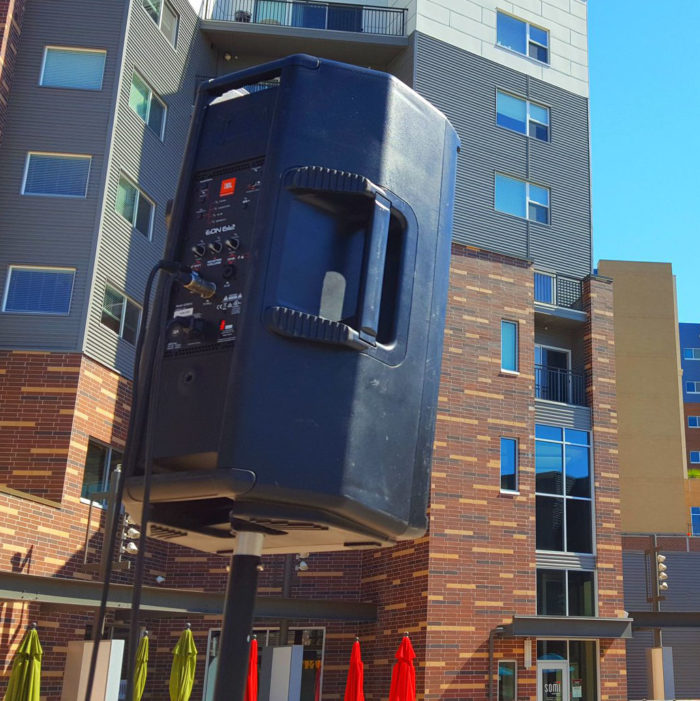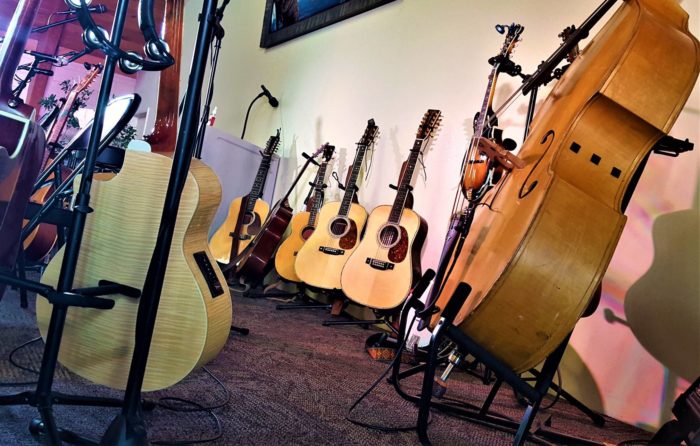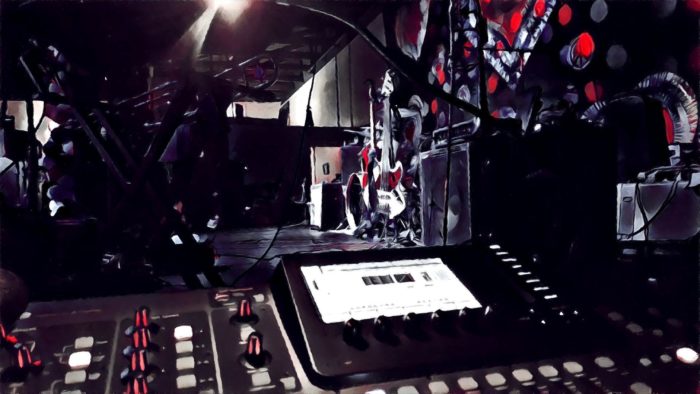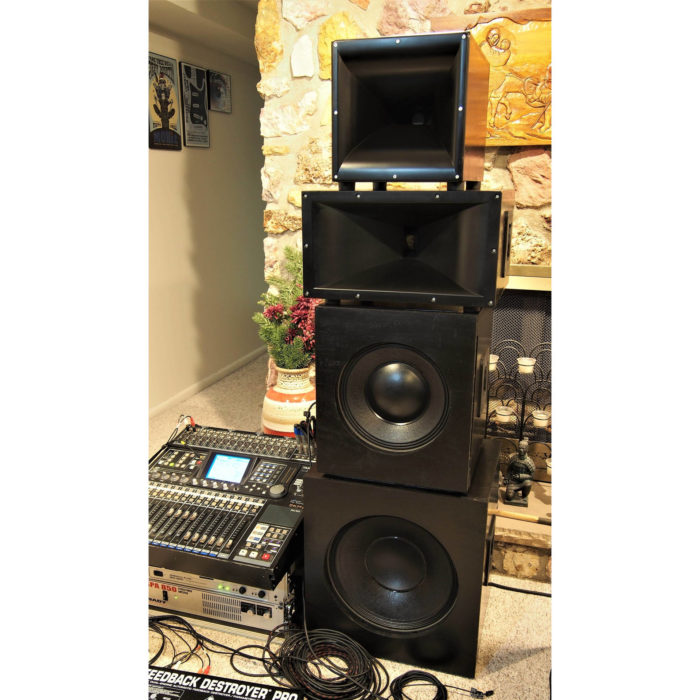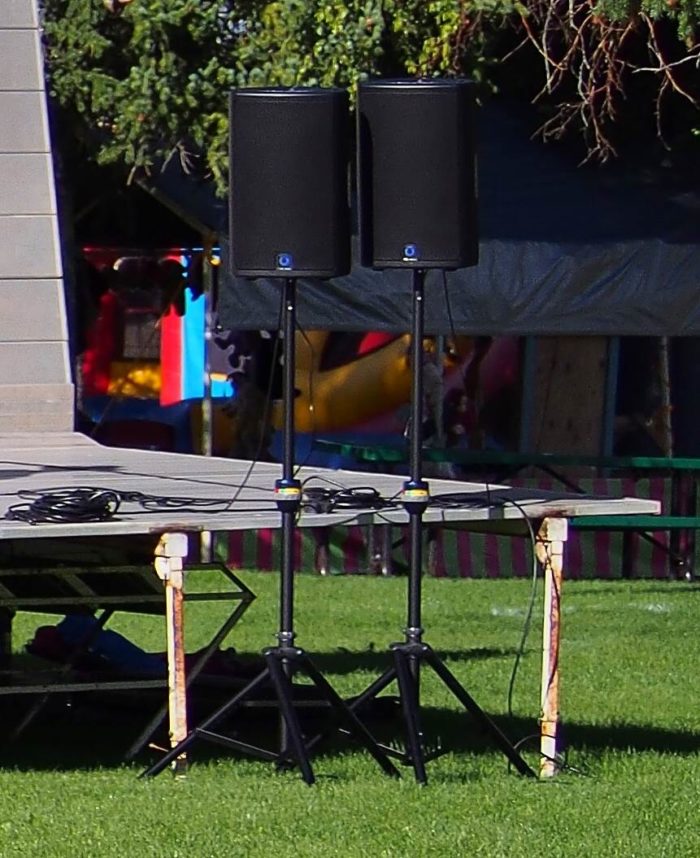It’s the alignment of many variables, and is rarely produced on demand without a lot of time and effort.
Please Remember:
The opinions expressed are mine only. These opinions do not necessarily reflect anybody else’s opinions. I do not own, operate, manage, or represent any band, venue, or company that I talk about, unless explicitly noted.

 Want to use this image for something else? Great! Click it for the link to a high-res or resolution-independent version.
Want to use this image for something else? Great! Click it for the link to a high-res or resolution-independent version.One of the best, live-music vocal tones I have ever heard was produced by Katie Ainge. It was in a concrete and glass coffee shop, one of the most acoustically hostile places you can imagine. The mic was probably not anyone’s first choice; I think it was an SM48, or something similar. The PA system was nothing even close to a Vertech, VDOSC, EAW Anya, or…well, you get the picture. I think it was a Roland keyboard amplifier. There was no mixing console.
But the sound of Katie’s voice was still perfect. The basic timbre was rich and beautifully balanced alongside the intelligibility zone, with a studio-quality top end you’d swear was coming from a world-class condenser.
How was the result so perfect? It was simply because the entire setup completely fit in with Katie’s strengths and singular performance style in that room. It wouldn’t have worked quite so well for anyone else – although I’m sure it would have been reasonably okay, because the basic dial-in was probably solid.
All this is to say that “The Transcendent Experience” of sonic bliss is often driven by a whole bunch of factors lining up for a specific and very exact set of circumstances. It’s why an engineer who insists on getting “their sound” all the time will struggle with some bands (maybe even many or most acts), but then also meet the groups for whom nobody else will get results as good. The engineer’s aesthetic lines up with the band’s aesthetic like tumblers in a lock, and it’s magic when the key turns.
“The Transcendent Experience” is something that I have mixed feelings about. I enjoy it when it happens, and I think that there’s a certain worthwhile element to it. If an artist has the time and money required to go after every single factor that creates exactly the right sonic conditions for their shows, I say, go for it! At the same time, my own situation demands a certain kind of pragmatism: I need to fit my own workflow, but it’s not practical or advisable for me to cater to a niche sound. I might be running an acoustic-music show for one engagement, and then be doing rock the next. Consequently, my approach and my gear need to be generalized rather than specific. I can’t focus on making one act, or even one kind of act sound “beyond perfect.” Rather, I have to have a “works reasonably well everywhere” sort of mentality at most times. (I do enjoy working with and developing the sonic presentation of specific bands, though.)
My encouragement, then, to myself and others, is to embrace what you’re made for. You might be the person who’s going to work with the next Metallica, spending a career laboring over the perfection of the ultimate, heavy show. You might be more like me, working in a variety of situations that demand solid basics and adaptability. The key is to recognize what you’re trying to do, and not see “The Transcendent Experience” as the only measure of success. It’s important, yes, and great when it happens, yet we also have to deal with how elusive it is. Perfect is often the enemy of good, and being reliably good is the first and most achievable goal for any audio craftsperson.
